If you are in the process of buying a new home or selling your old property, you have probably realized that in today’s competitive market, every square foot of property can make a difference in price. Sellers want to state the maximum size possible, while buyers want to ensure that every square foot stated is permitted and legal. Having incorrect assessor information could even open sellers to legal liability, and in fact, one of the most common lawsuits in California real estate is a buyer suing a seller alleging that the listed square footage was overstated.
A good real estate agent will advise his Sellers to use square footage from the public records for their listings as this protects sellers from failure to disclose litigation. But what if the public records significantly understate the size, unit count, bedroom or bathroom count of your property? Using the lower figure could cost you tens of thousands of dollars.
And having an accurate square footage is important even if you’re staying put. If you are contemplating a refinance of you property to get lower rates and/or to get cash out, improvements, such as an ADU, or deducting any expenses related to your home for tax purposes such as a home office, knowing the correct square footage is important.

Step One: The COUNTY Tax Assessor… or hiring a Licensed Appraiser
A smart homeowner in these situations should check his property out with the local county tax assessor first thing. It’s possible that the square footage, lot size, room count and other data listed may be less than you expect. Make sure to note the date that the evaluation was made, because if the date is in the distance past, there is a good chance that additions or modifications have been made to the house since the filing of the report.
I should mention that if you suspect you have a larger property than is showing the the public records and just want to feel legally safe for most purposes without spending a lot of your own time, your easy option is to contact a professional licensed appraiser. Of course appraisers aren’t cheap and it can take a while sometimes to get one to your property. You can also try to find an old appraisal report for your property, which could be found in purchase money or refinance loan documents.
If you’re keeping the property and don’t have an appraisal, then you need to take action yourself. The following links will be for a property in Los Angeles, but the process will be similar wherever you are.
The Data can be incorrect because of unpermitted construction, but it also could be wrong simply due to a clerical error.
A clerical error is fairly easy to fix by submitting a Los Angeles County Property Data Change Request to the Assessor’s office. The process takes about 30-90 days depending on the time of year, and how aggressively you follow up and is free. Some research is required.
But in the case of unpermitted construction, the only way the assessor records can be changed is to first retroactively permit the construction which is expensive and burdensome.
The problem is, finding out if the discrepancy is due to a clerical error (good news!) or unpermitted work (bad news) will require time and effort on your part. The process moves a lot faster if you do the research yourself and provide evidence with your Property Data Change Request.
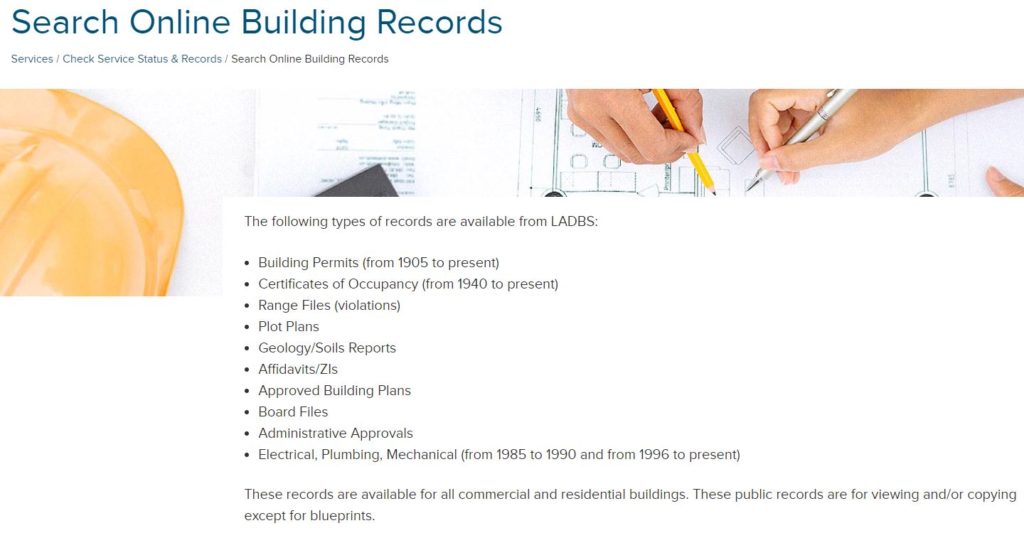
Step Two: The CITY Building & Safety Department
You need to pull the building permits to find out if all the improvements to your property were permitted… or not. In the city of Los Angeles, you can search for building permits online on the Los Angeles Department of Building & Safety website:
https://www.ladbs.org/services/check-status/online-building-records/
If time is more valuable to you than money, you can order building permits online in most areas of California with a permit report for $60 www.thepermitreport.com/ (They also offer blueprints for $80, which is pretty cool.)
The Building permits will usually have some information about Lot Size (Lots ties) and changes that occurred to the property over time regarding the property size (New Construction Permits, Addition Permits, Certificate of Occupancy) and Room Counts (General Remodeling Permits, Certificate of Occupancy).
Another helpful resource for sqft and lot size questions is the Assessor Parcel Maps. You can ask a real estate agent for them or search from them on the County Assessor website online: (https://portal.assessor.lacounty.gov/ for LA County.)
For Condos, the CC&R’s usually have the Sqft of units in them. You can get a copy from the HOA or a real estate agent if you don’t have a copy from when you originally bought them.
NOTE:
- Some footage is not counted by the assessor: Garages, unfinished basements, attics, sheds, unenclosed balconies or patios, lofts, and of course the biggie, unpermitted construction.
- Did you know that the assessor measures condos differently? The Assessor office measures houses from the outside and condos from the inside; the space between the walls can make a difference in sqft.
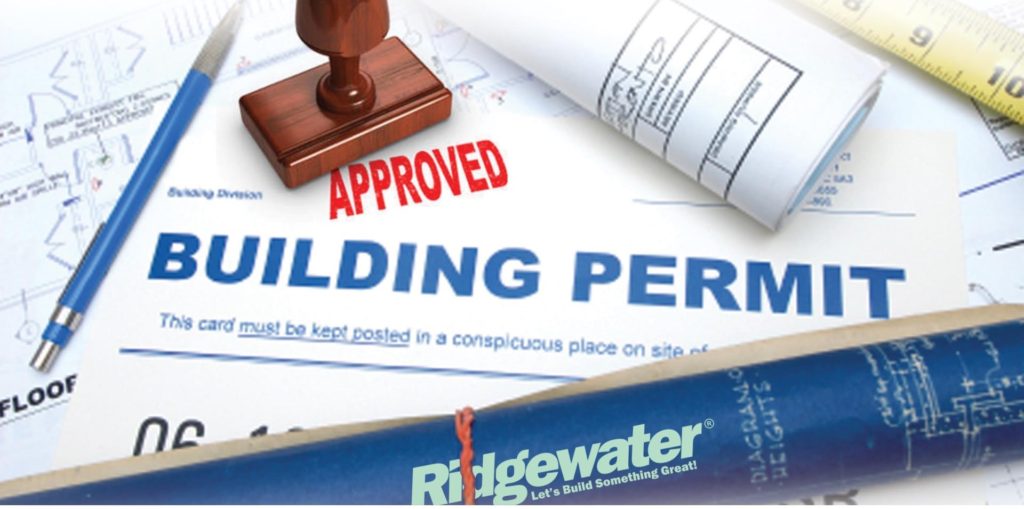
Step Three: Correcting an Error
If you find that a mistake was made, then you should file a Property Data Change Request. Include evidence to prove your case, such as building permits and as many different sources as possible. The Los Angeles Property Data Change form itself is very brief so writing a short letter explaining the evidence can be helpful to your cause. A good tip is to submit the request to the Downtown Assessor Office as well as your local District Office (Van Nuys, Lancaster, West District Office, South District Office, East District Office, North District Office).
Once you submit your property data change request, it will be assigned to a field supervisor. You can call both the main office and your local field office once or twice a week to check on whether or not your Change Request has been assigned to a field supervisor yet. I can tell you that the assessor gets a lot of change requests- they have a huge stack of them, and if you don’t call you will have to wait until they get to the bottom of the pile to reach yours. If you call frequently it can speed the process up, especially if you have already done your own research.
These change requests are a fairly low priority for them, so if it is the busy season, you will have to wait longer as other business will take priority. It’s possible that the assessor might send a field appraiser to do a site visit, especially to verify building permits.
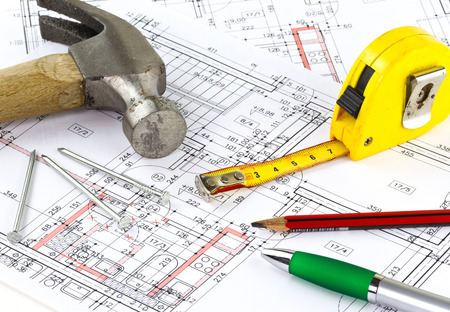
Step Four: Changes reflected in the Public Records
Once you get the phone call notifying you that your request has been approved, it can take up to six months for the records to be updated. The assessor’s office, as a policy, does not issue anything in writing, such as a letter or email, that can be used as a proof that the SQFT has changed prior to the system being updated. So if you are about to sell your property and feel you should have a larger amount than the assessor shows, hiring the licensed appraiser or using a fairly recent appraisal is the way to go.
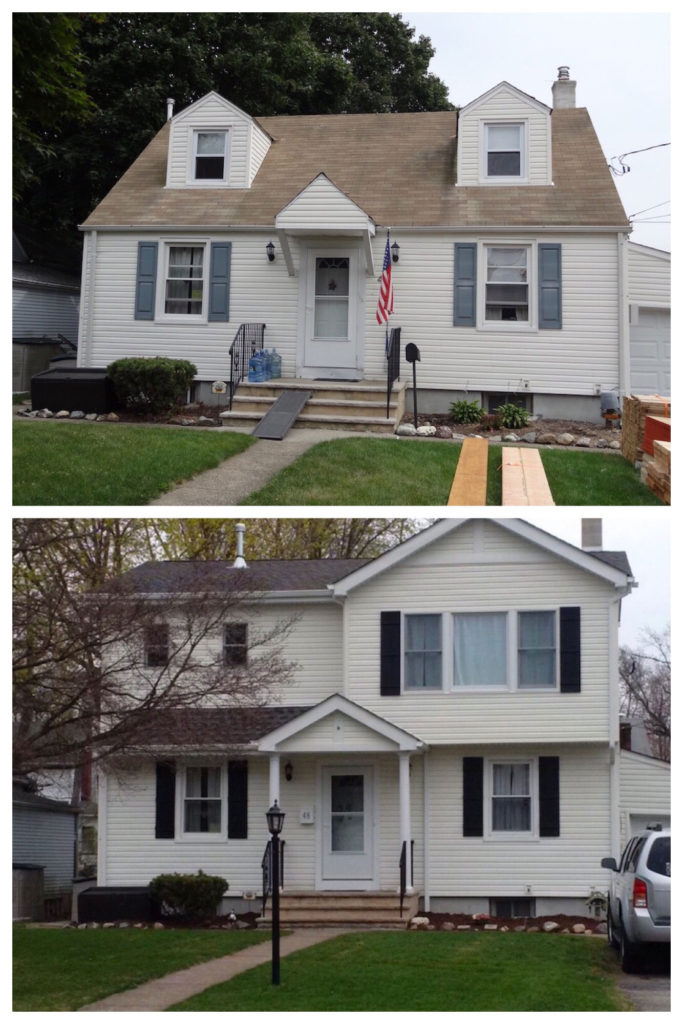
Step Five: Checking your Property Tax Bill
Check the next bill to make sure your property wasn’t wrongly reassessed. Whether the increase in size affects your taxes depends on when the construction was done. If the improvements were made prior to your purchase of the property, then correcting the assessor record will not affect your assessed value (it’s included in the original purchase price). But if you are the one responsible for the added size and room count, your property tax will be increased. Fortunately it would not be a “reassessing event” as only the additional value of the construction will be added to your tax bases. If your assessed value does increase, you will get a supplemental tax bill for the year.
Example: Property was purchased for $500,000, held 5 years, current market value $650,000, Current assessed value $552,000 and property taxes are 1.25% or $6,900 year. Value of construction added $50,000.
A) What is the assessed value if construction was done prior to purchase?
$552,000 – the assessed value stays the same.
B) What is the assessed value if construction was done after purchase?
$602,000. The assessed value is increased by the value of the construction. The difference in annual property tax is $50,000 x 1.25% = $625.
C) What if the property was torn down and rebuilt? The new property would be reassessed at time of being built, which would likely be a massive increase. (This is why you’ll see contractors keep a small portion of the structure being torn down, so that it is considered an “addition” and not “new construction.”)
So there you have it, you might just be able to legally increase the size of your property without lifting a hammer!
Stay tuned right here at Stu Simone’s Rock Real Estate for more real estate tips and advice.

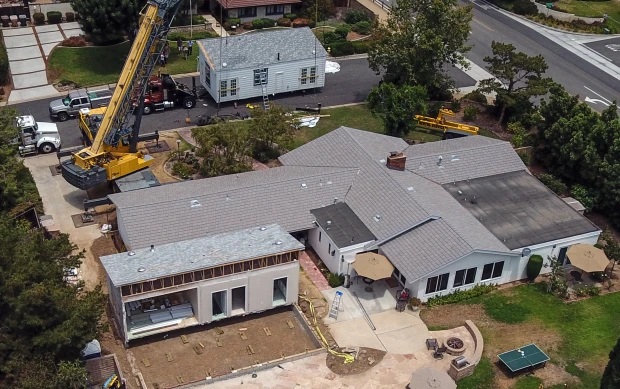

Recent Comments